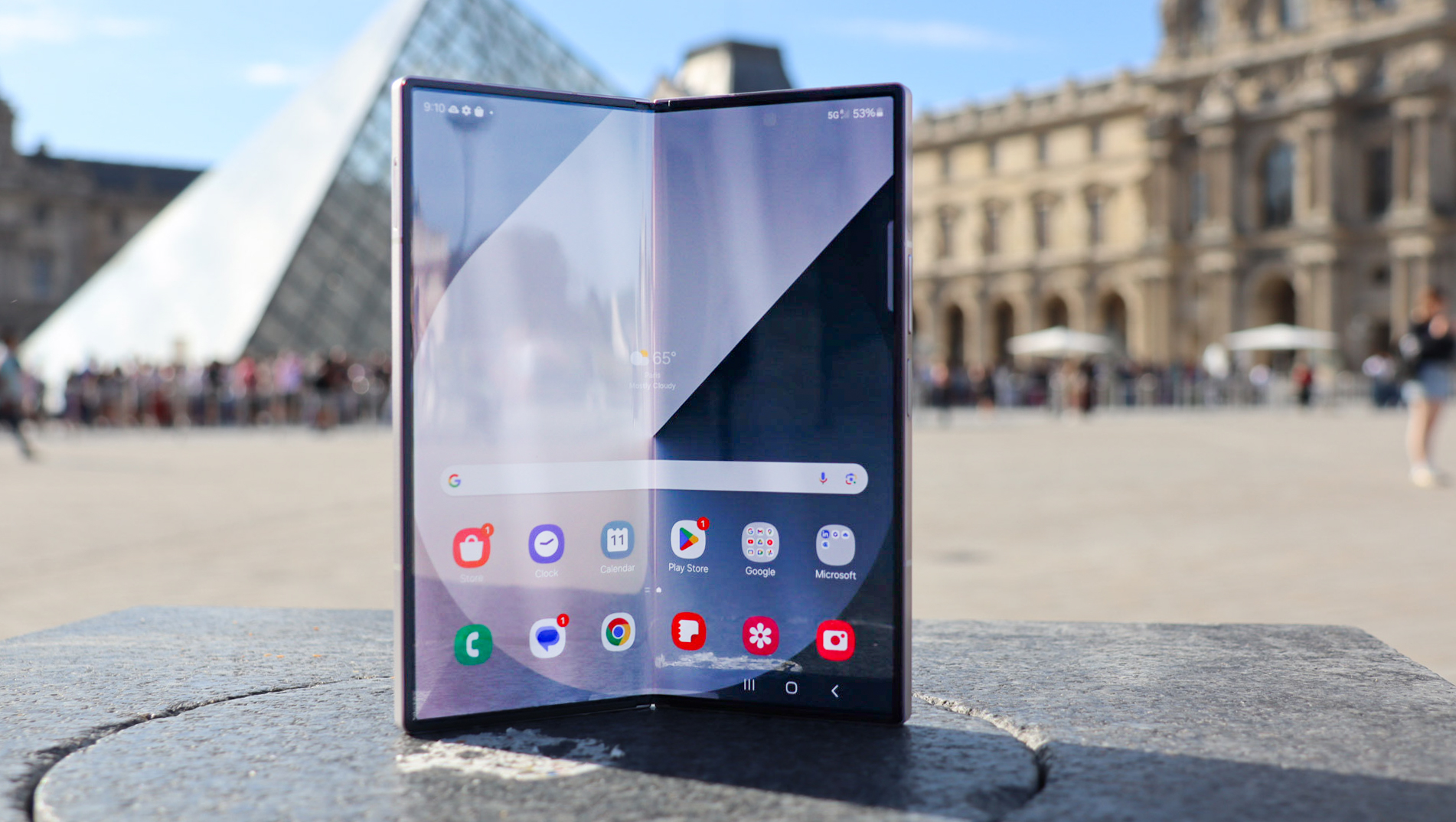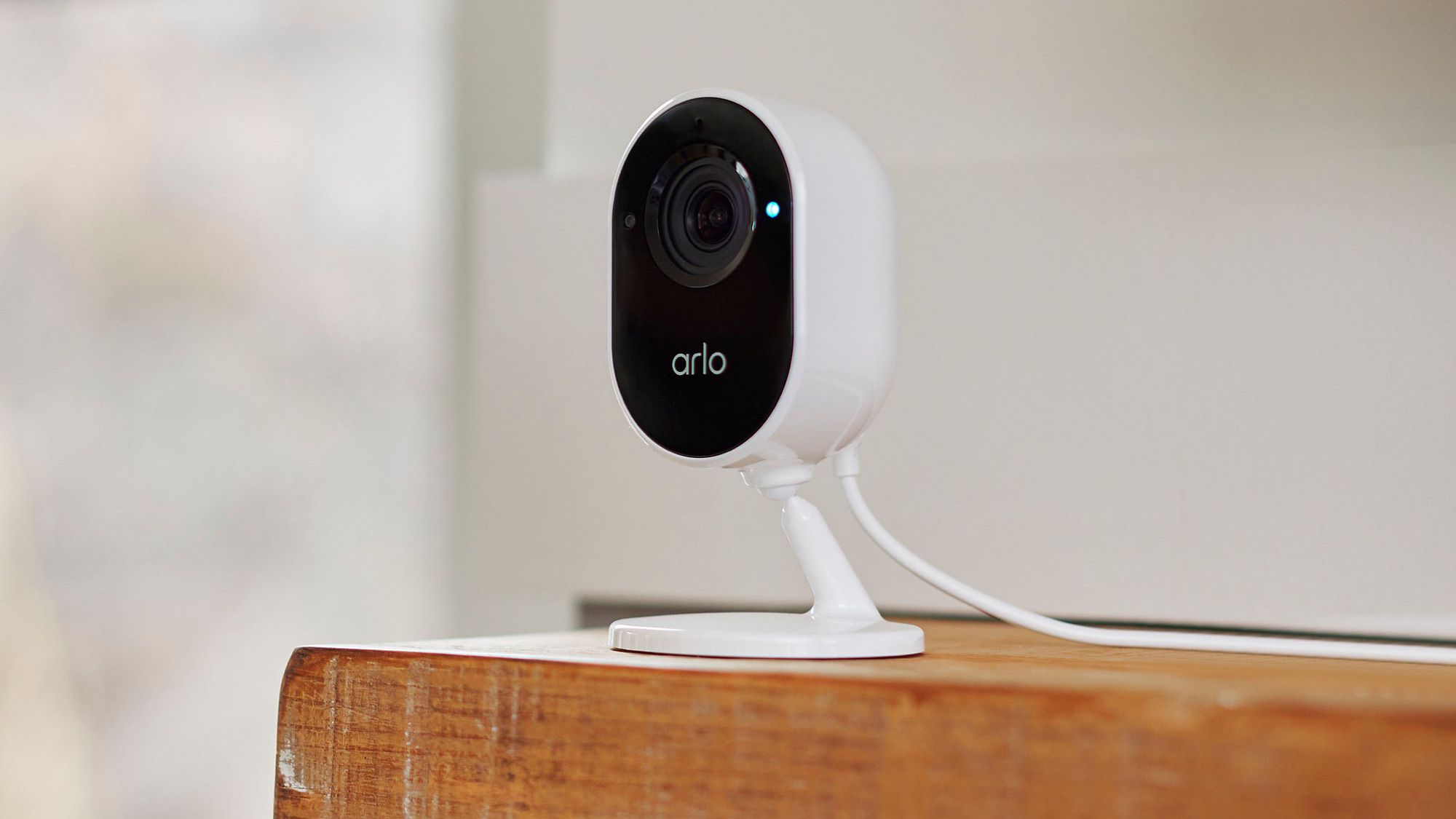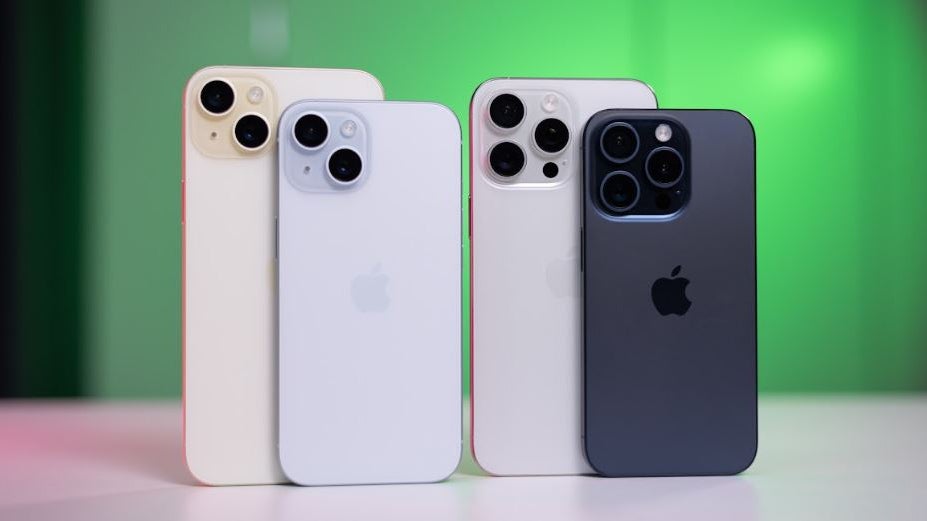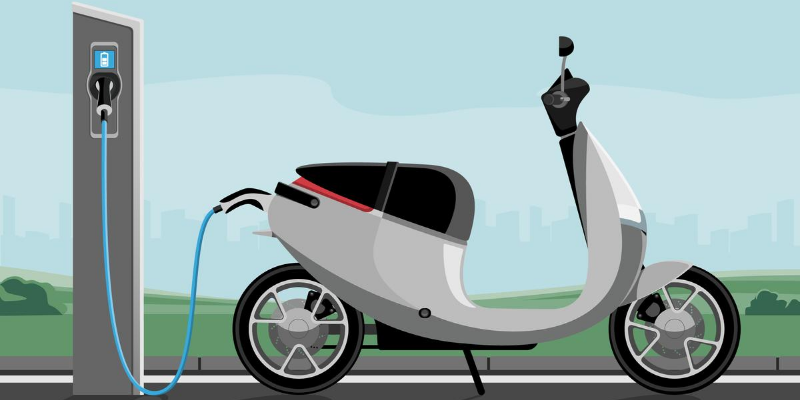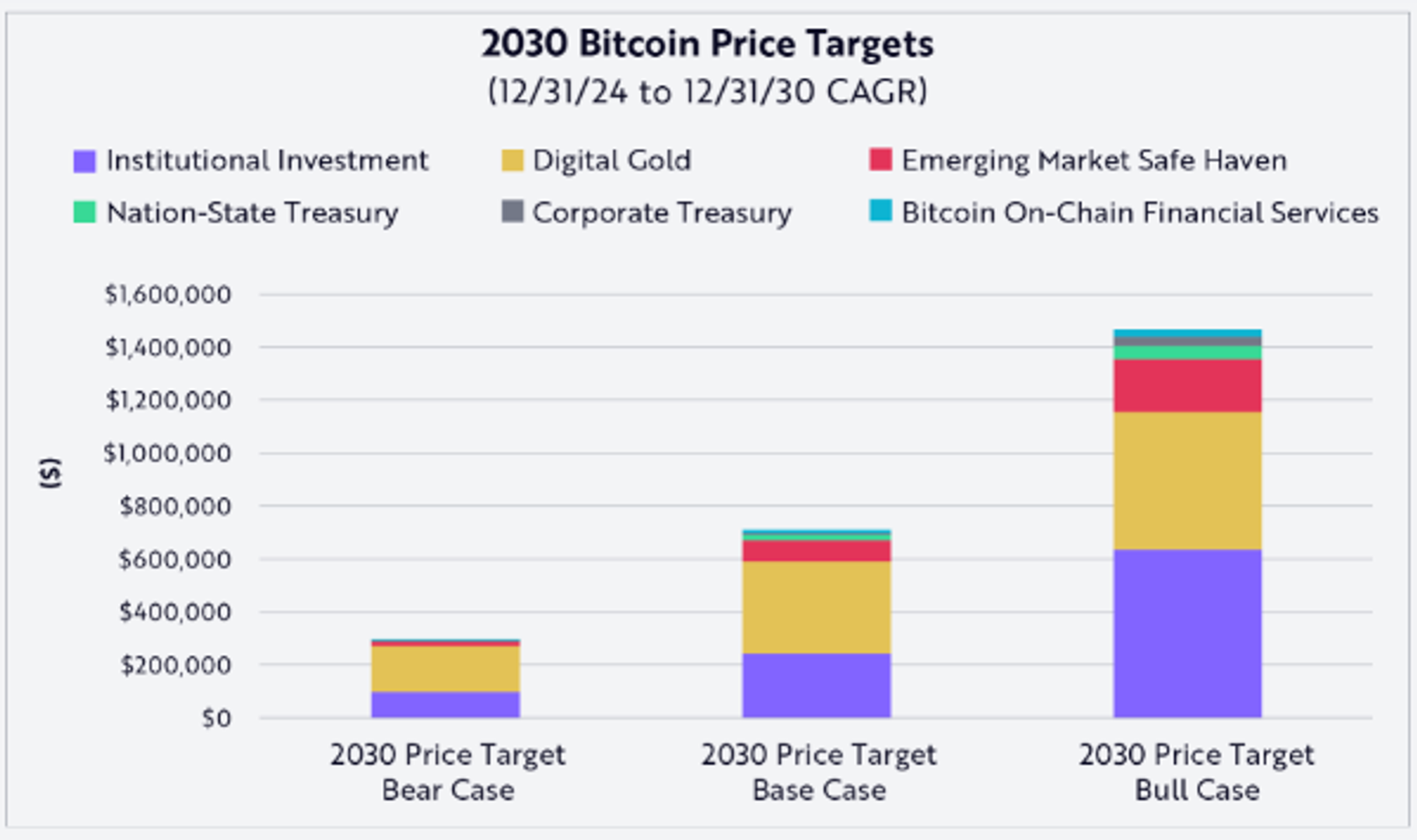Why Go Mobile-First When Launching a Startup?
Mobile-first is a digital product design approach that places mobile devices at the center of the design process from the very beginning. Unlike mobile-friendly or responsive strategies, it views the mobile experience as the primary one — not just a scaled-down version of desktop. This perspective reshapes how interfaces are structured, how content is prioritized, and how navigation is designed. Why is it so relevant today? Users are increasingly choosing mobile apps over web versions — and for good reason. Apps offer faster performance, greater personalization, offline capabilities, and smoother navigation. They can remember user activity, send push notifications, support biometric login, and seamlessly connect with third-party tools. In mobile commerce, apps now dominate. On average, users open e-commerce apps three times more often than they visit online stores in a browser. The same shift is visible in FinTech, where mobile apps from banks, neobanks, and P2P platforms have become the main gateway to financial services. People turn to apps for everyday tasks — from food delivery and doctor appointments to learning, navigation, productivity, and mental health. An app often serves as both the entry point to a service and the foundation for long-term user engagement. For startups, this means looking beyond responsive design. It’s not just about adapting the interface — it’s about designing the entire experience with mobile in mind. Without a strong mobile presence, products risk falling behind in usability, growth, and market relevance. What to focus on when building a product Product format The format you choose depends on your goals, budget, and feature set. If you need top performance, deep device integration, and push notifications, a native app is the way to go. If broad browser access is a priority and you still want a mobile-optimized experience, a Progressive Web App (PWA) is a smart alternative. An adaptive website might be a quick start, but it usually lags in speed and user experience. Development technologies Cross-platform frameworks like Flutter, React Native, and Kotlin Multiplatform are popular choices for mobile development. They help cut down both time and cost without sacrificing quality. For PWAs, JavaScript frameworks like React or Vue, paired with service workers, offer fast loading and offline access — key ingredients for a smooth experience. UI/UX design Interfaces should be clean, intuitive, and easy to navigate. Users expect streamlined journeys, interactive elements, and smart features that save them time. Keep in mind the limited space on mobile screens — less is often more. Avoid clutter, extra steps, and content overload. Testing and feedback Make sure your product runs smoothly across different devices by testing responsiveness, performance, and overall stability. During the MVP stage, a direct feedback loop with users is critical. It helps validate your assumptions and improve the product in line with real needs. A mobile-first mindset is no longer a trend — it’s the foundation for creating products people actually use. Startups that prioritize intuitive mobile experiences from the start build stronger engagement and gain a competitive edge faster. Focus on what matters most: simplicity, speed, and real user needs.

Mobile-first is a digital product design approach that places mobile devices at the center of the design process from the very beginning. Unlike mobile-friendly or responsive strategies, it views the mobile experience as the primary one — not just a scaled-down version of desktop. This perspective reshapes how interfaces are structured, how content is prioritized, and how navigation is designed.
Why is it so relevant today?
Users are increasingly choosing mobile apps over web versions — and for good reason. Apps offer faster performance, greater personalization, offline capabilities, and smoother navigation. They can remember user activity, send push notifications, support biometric login, and seamlessly connect with third-party tools.
In mobile commerce, apps now dominate. On average, users open e-commerce apps three times more often than they visit online stores in a browser. The same shift is visible in FinTech, where mobile apps from banks, neobanks, and P2P platforms have become the main gateway to financial services.
People turn to apps for everyday tasks — from food delivery and doctor appointments to learning, navigation, productivity, and mental health. An app often serves as both the entry point to a service and the foundation for long-term user engagement.
For startups, this means looking beyond responsive design. It’s not just about adapting the interface — it’s about designing the entire experience with mobile in mind. Without a strong mobile presence, products risk falling behind in usability, growth, and market relevance.
What to focus on when building a product
Product format
The format you choose depends on your goals, budget, and feature set. If you need top performance, deep device integration, and push notifications, a native app is the way to go. If broad browser access is a priority and you still want a mobile-optimized experience, a Progressive Web App (PWA) is a smart alternative. An adaptive website might be a quick start, but it usually lags in speed and user experience.
Development technologies
Cross-platform frameworks like Flutter, React Native, and Kotlin Multiplatform are popular choices for mobile development. They help cut down both time and cost without sacrificing quality. For PWAs, JavaScript frameworks like React or Vue, paired with service workers, offer fast loading and offline access — key ingredients for a smooth experience.
UI/UX design
Interfaces should be clean, intuitive, and easy to navigate. Users expect streamlined journeys, interactive elements, and smart features that save them time. Keep in mind the limited space on mobile screens — less is often more. Avoid clutter, extra steps, and content overload.
Testing and feedback
Make sure your product runs smoothly across different devices by testing responsiveness, performance, and overall stability. During the MVP stage, a direct feedback loop with users is critical. It helps validate your assumptions and improve the product in line with real needs.
A mobile-first mindset is no longer a trend — it’s the foundation for creating products people actually use. Startups that prioritize intuitive mobile experiences from the start build stronger engagement and gain a competitive edge faster. Focus on what matters most: simplicity, speed, and real user needs.
















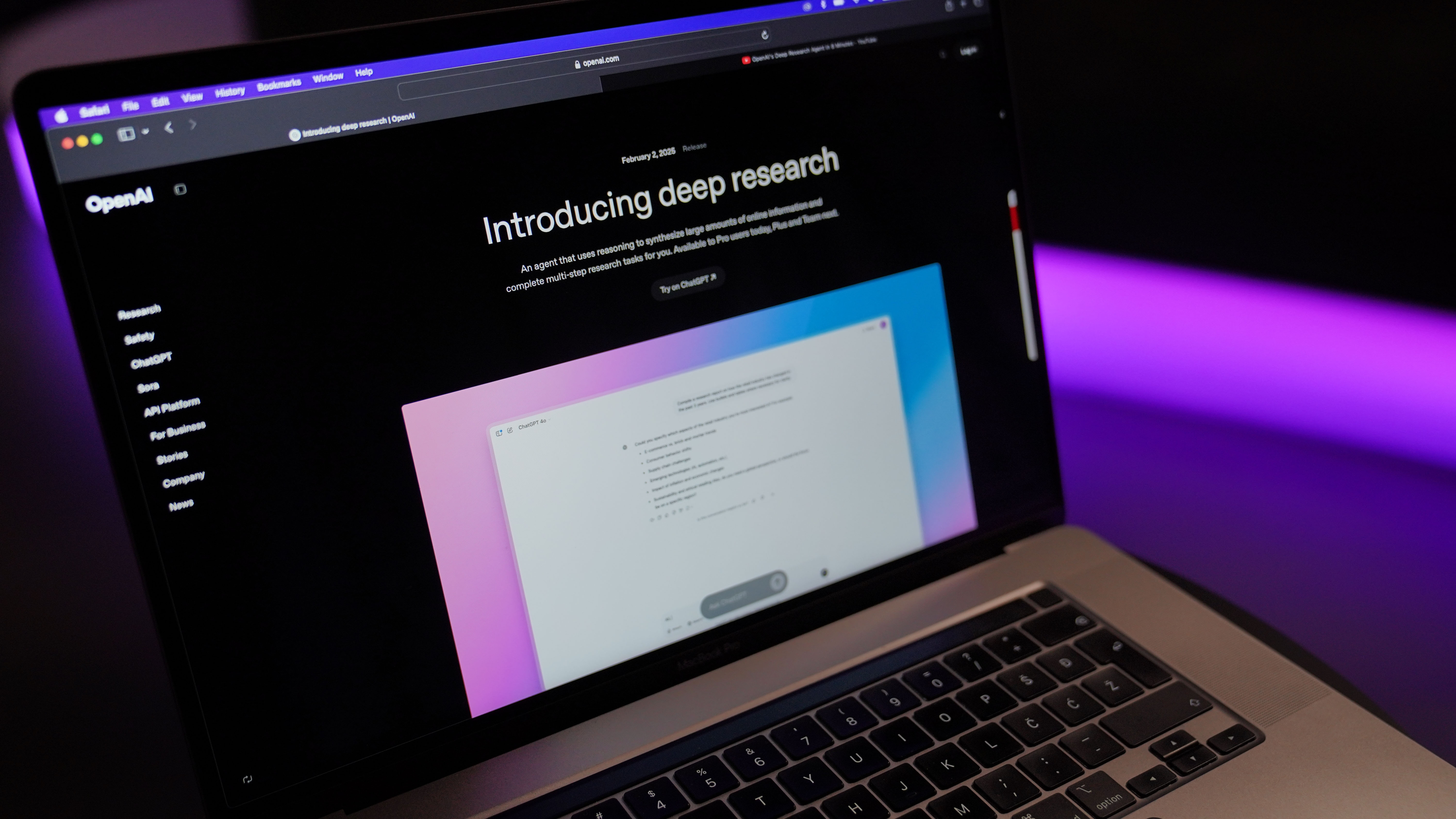
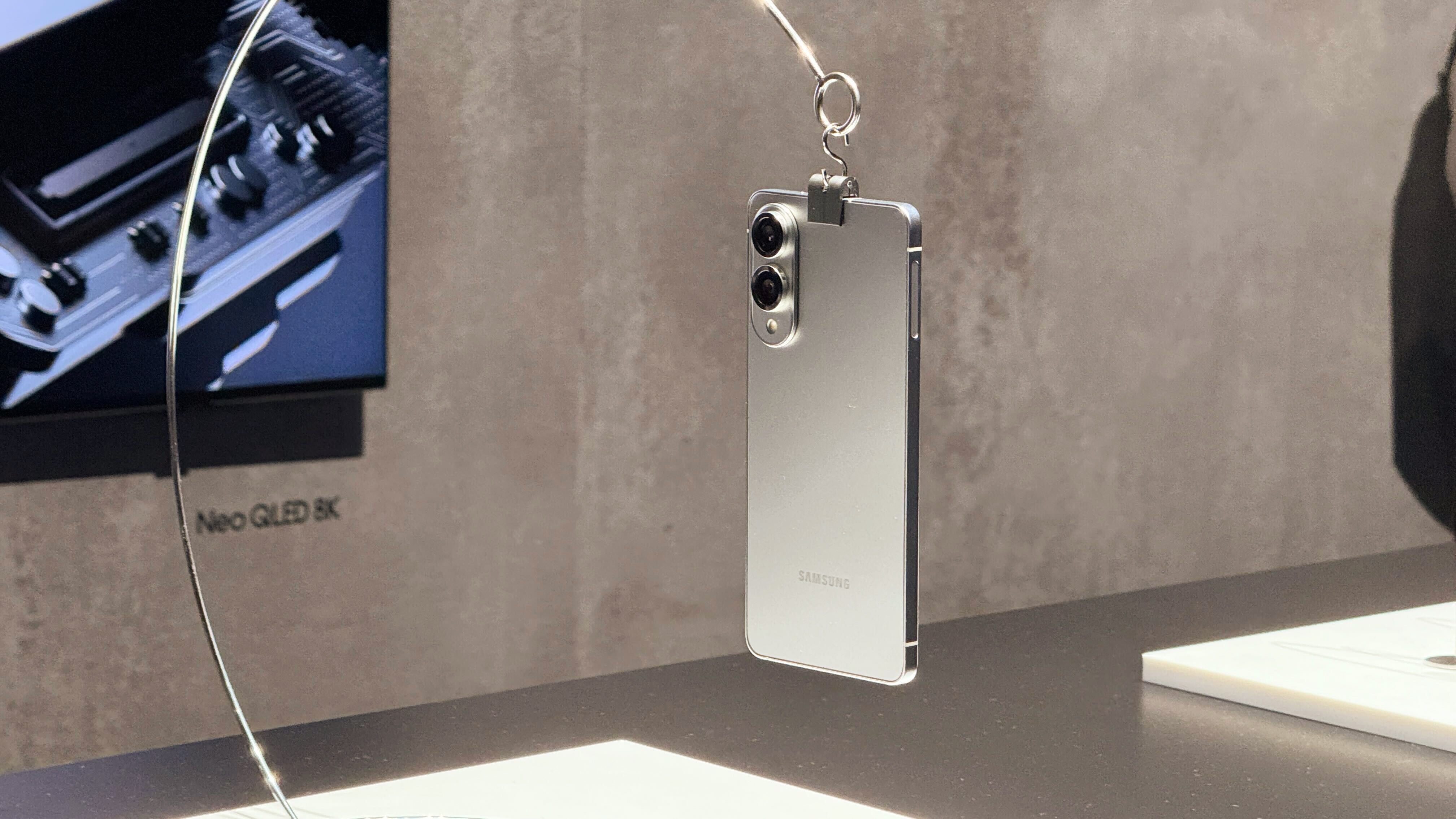





















































































































































![[The AI Show Episode 144]: ChatGPT’s New Memory, Shopify CEO’s Leaked “AI First” Memo, Google Cloud Next Releases, o3 and o4-mini Coming Soon & Llama 4’s Rocky Launch](https://www.marketingaiinstitute.com/hubfs/ep%20144%20cover.png)

















































































































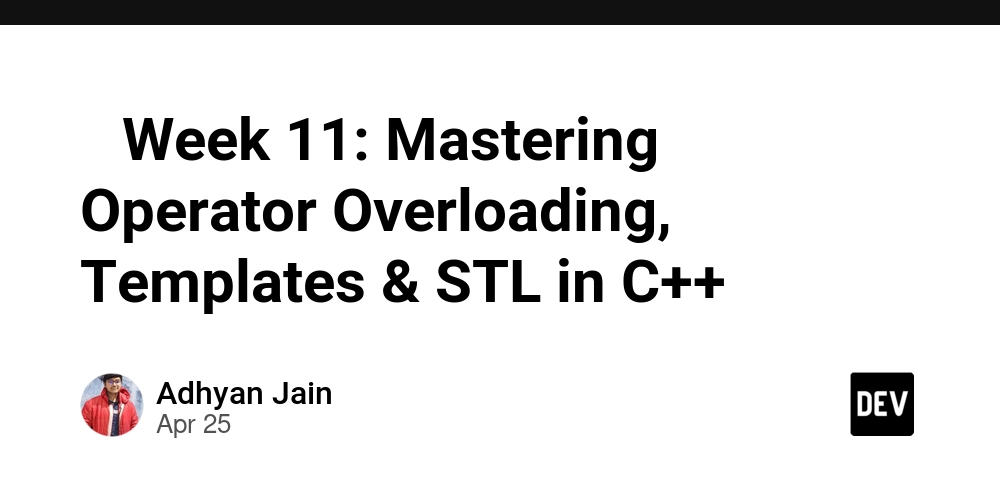




































































.jpg?width=1920&height=1920&fit=bounds&quality=70&format=jpg&auto=webp#)













































































































































































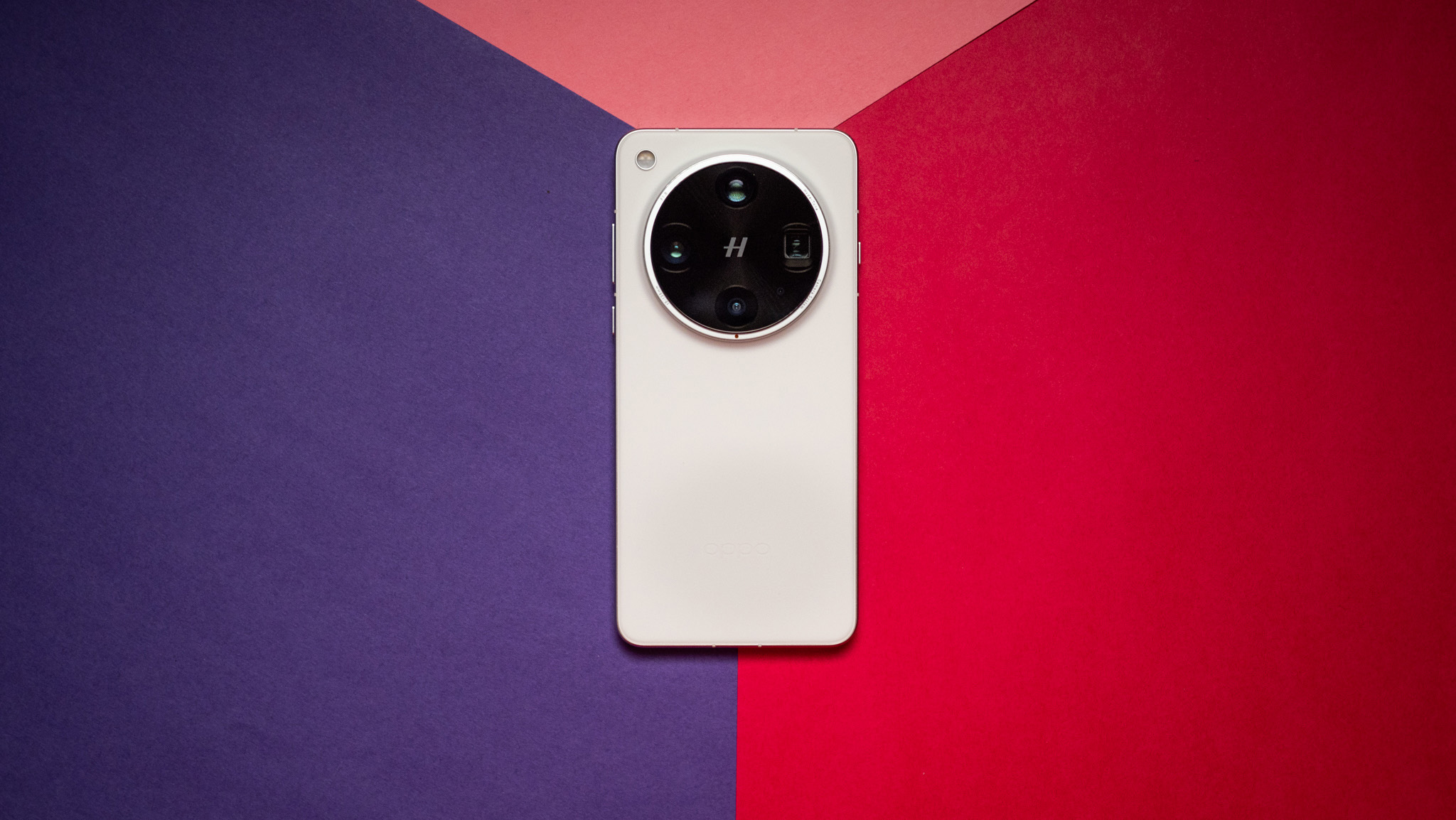





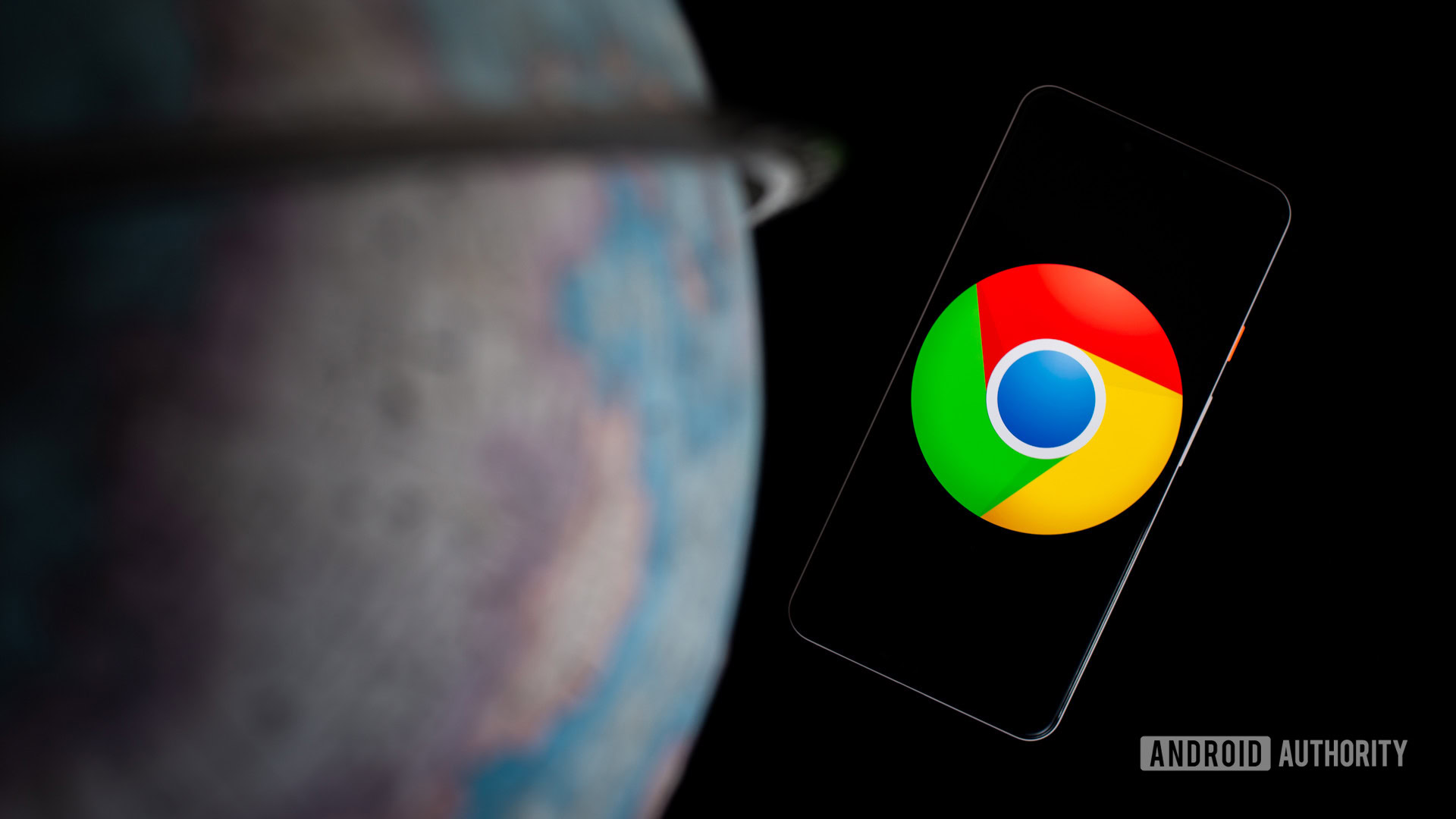



















![Apple to Shift Robotics Unit From AI Division to Hardware Engineering [Report]](https://www.iclarified.com/images/news/97128/97128/97128-640.jpg)

![Apple Shares New Ad for iPhone 16: 'Trust Issues' [Video]](https://www.iclarified.com/images/news/97125/97125/97125-640.jpg)




















